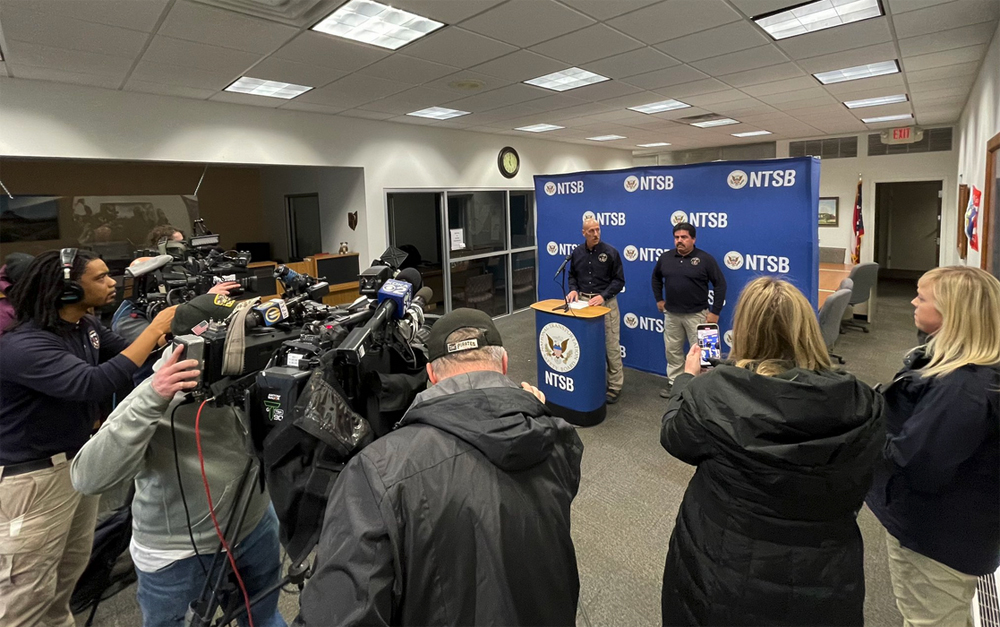
EAST PALESTINE, Ohio — The chemical burning in the fire resulting from Friday’s derailment of a Norfolk Southern train is the flammable gas vinyl chloride, a potentially carcinogenic substance.
The village of East Palestine identified the material in a news release Saturday afternoon, NBC News reports. The Environmental Protection Agency says “cancer is a major concern from exposure to vinyl chloride via inhalation.”
Up to 2,000 East Palestine residents remain under an evacuation order resulting from the Friday night derailment and subsequent fire involving an NS train [see “Norfolk Southern derailment in Ohio continues to burn,” Trains News Wire, Feb. 4, 2023]. The Salem, Ohio, News reports the evacuees could be displaced for some time, as officials indicated it could be days before the fire is extinguished. NS is not allowing firefighters into the area because of safety concerns resulting from a lack of knowledge over which cars may be involved in the fire.
Village officials said “zero health risks” have been discovered so far as a result of the derailment. Drinking water may be discolored because of the amount being used to fight the fire, but remains safe to drink, they said.
Michael Graham, heading a National Transportation Safety Board team investigating the derailment, said in an afternoon press briefing that about 50 cars of a 150-car train had derailed at the James Street crossing in East Palestine at 8:55 p.m. on Friday. NS had previously said 20 cars may contain hazardous materials; Graham said four of those were carrying vinyl chloride and have been exposed to fire, and that efforts are ongoing to determine which cars of hazardous material may have been breached.






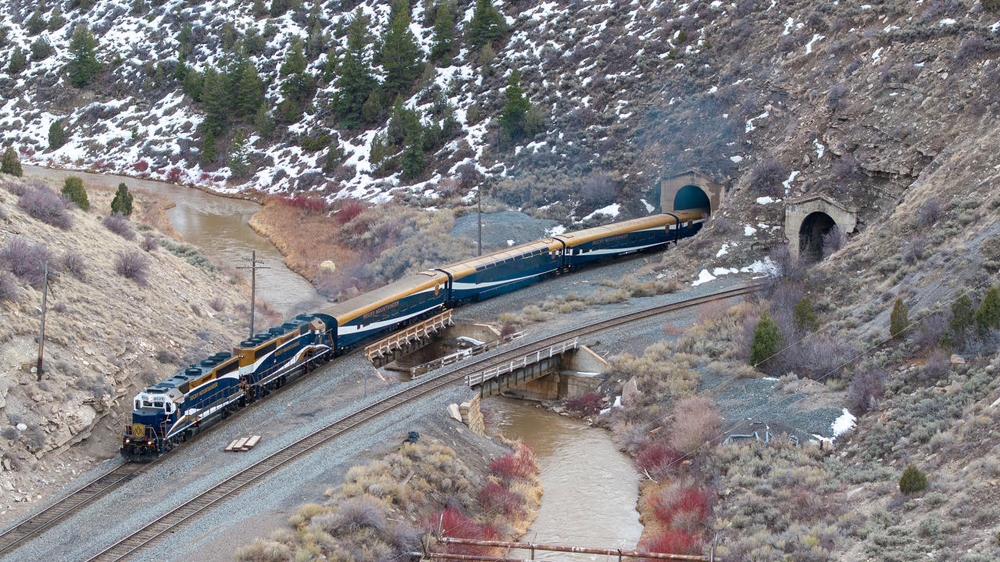
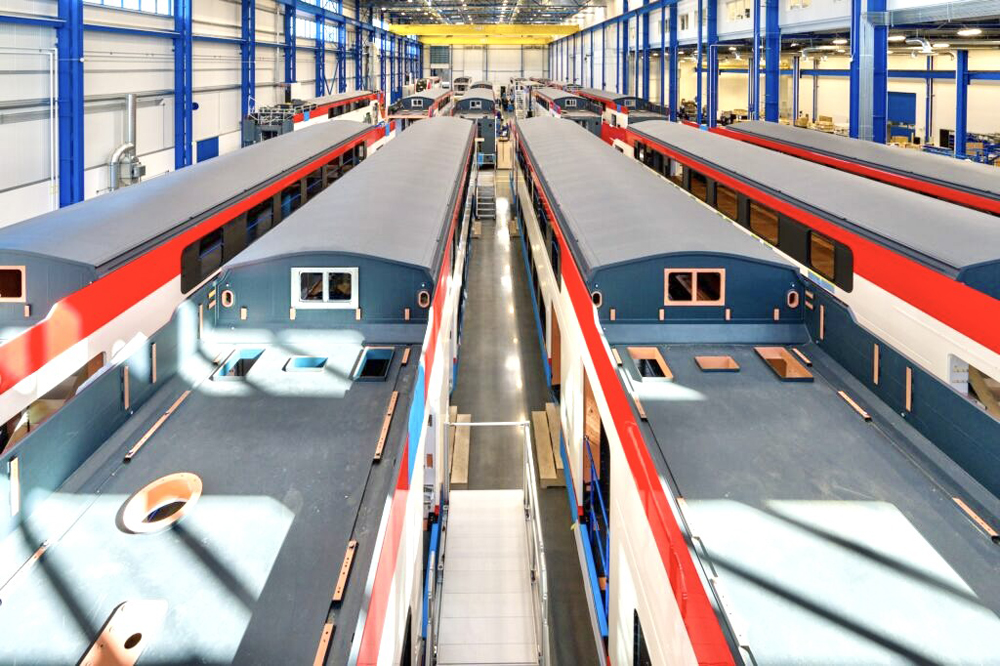
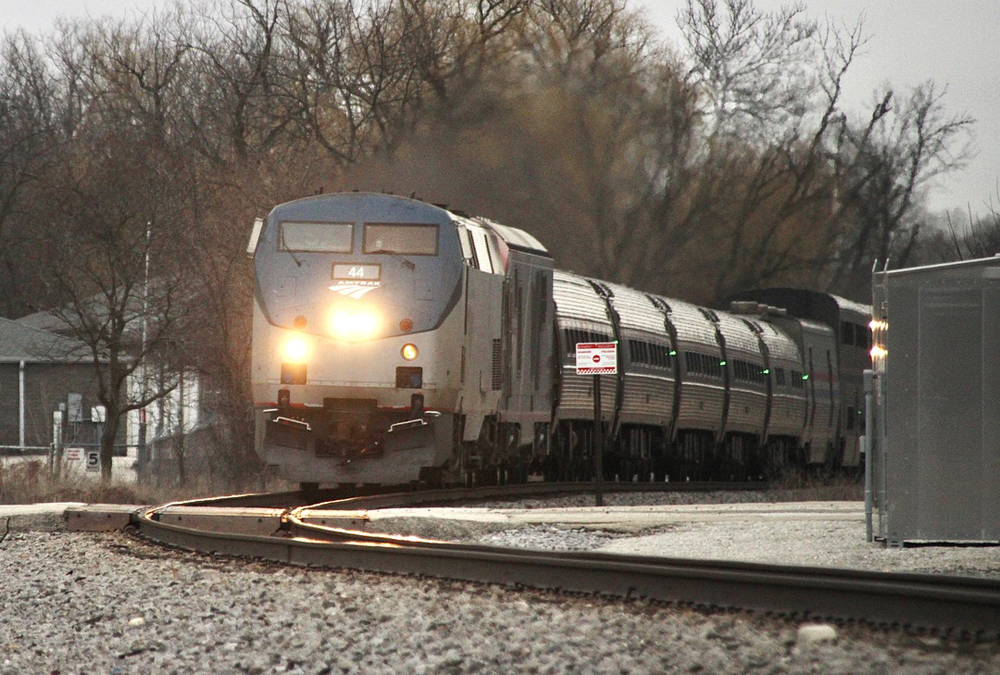
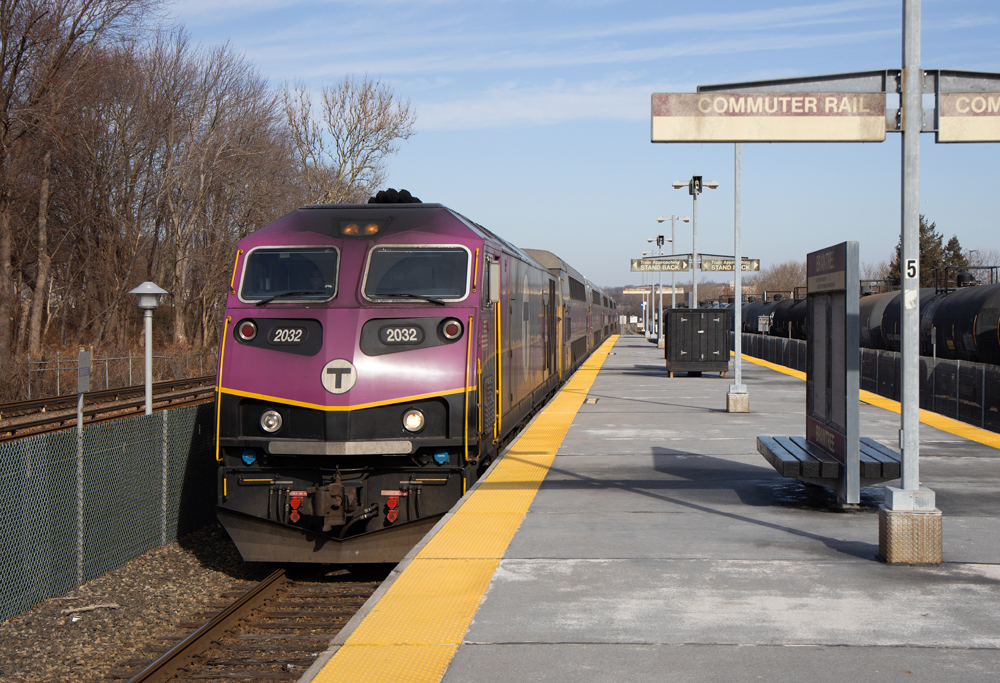




Something does not add up here.
First, the pile-up of cars occurred on a curve of approximately 10 degrees. There is a spiral that starts just east of the state line. The exit spiral is approximately adjacent to the old gas pumps in the adjacent lot. Spirals are used to ease the transition into a curve, which allows for greater speed. However, that would not eliminate excessive buff forces from pushing a empty or short wheelbase car off the track or roll the outside rail.
Second, I can count approximately 28 cars, +/- 1, in the aerial photograph. At first, the report was 20 cars. Then it was upgraded to 50 cars.
Third, the distance to James Street to the western-most visible car in the pile-up is approximately 3,513 feet. At an average of 60′ each, there is space for 58 cars between James Street and the western-most visible car.
Fourth, the distance to Pleasant Street and the western-most visible car is approximately 1,090 feet, space for 18 60′ cars.
The math and the story do not add up. The aerial photo does not show any cars beyond the pile-up. Where they removed? Or, were the derailed cars at the end of the train. If the derailed cars were at the end of the train, and an emergency application was made at James Street, then slack run-in would have created buff forces great enough to derail the cars in the curve.
And Finally, train length per se may or may not have been a factor. How the consist was pre-blocked could potentially be an issue. From the reports, most the cars were loaded. If the cars in front of the loads were either empties or short wheelbase, that could have initiated the derailment.
There are wetlands near the derailment site. Might be better to let it burn itself out than spraying untold thousands of gallons of water that will eventually work its way into those wetlands
My understanding is that a collision with a vehicle at the crossing is what lead to the derailment.
See my post below…that’s what I speculate per the report….
What exactly are the Canadian limits on Haz Mat trains ? IMO the length of Haz Mat trains is needed to prevent buff forces causing derailments. No saying buff caused this derailment. Where in the train consist did this derailment stasrt ? The crew knew the Haz Mat consist as they carrry a consist sheet and immefiately disconnected and bailed as did a train approaching start backing away.
NS did not know ? Probably spokesman had not been told and NS protocols might call for that info to be removed from system info ?
The derailment started at the James street crossing…per the report…so, without jumping to all kinds of conclusion about too long of a train, is there a possibility that something vehicle wise hit the train at the crossing?
and again a way to long of a train derails.
Amazing the town knows what cars are burning, but NS doesn’t. Until NS officially states which cars are burning I’ll take the towns report with a grain of salt. It shouldn’t take days to identify the non-involved cars.
Which vapor is carcinogenic the vinyl chloride or the by-products of the fire? Who is in charge at a fire scene the property owner or the department? Sounds like burning the vinyl chloride may make the air safer as the Village officials said “zero health risks”
a decade or so ago CSX had a train runaway which included a couple cars of Eastman Kodak consigned vinyl chloride breach and ended up in the Genesse River in Charlotte New York. It took over two years and well north of $4,000,000 to remediate the mess. It’s a blessing in disguise this happened just short of becoming Lac Megantic 2.